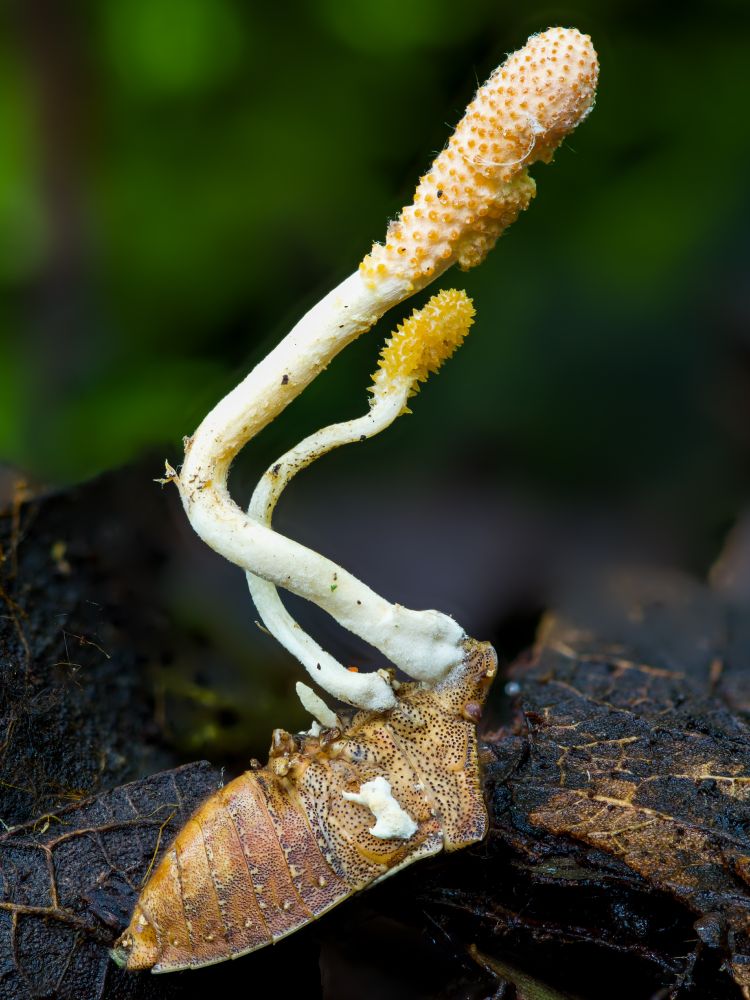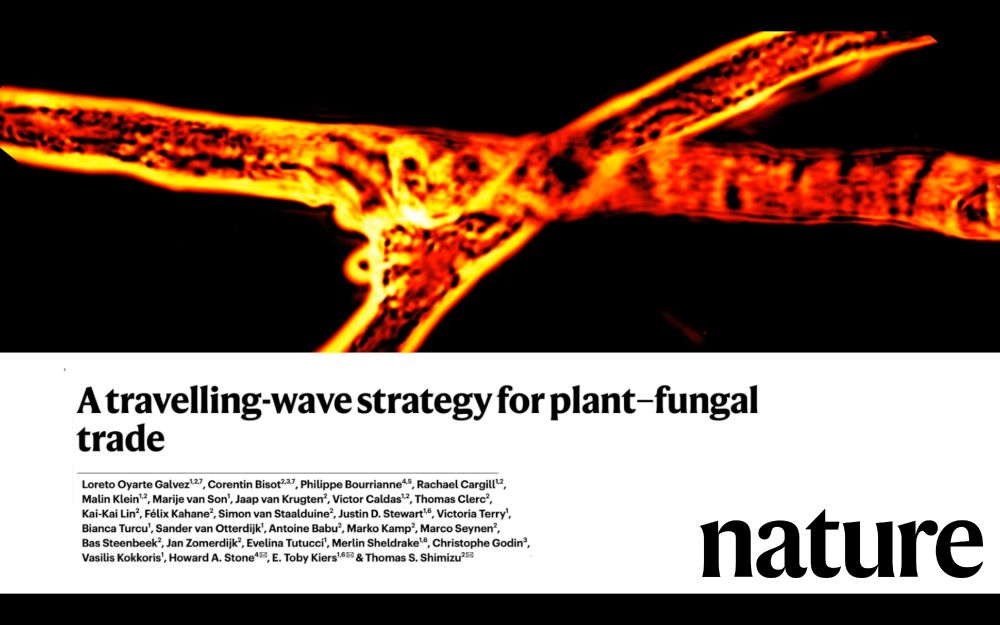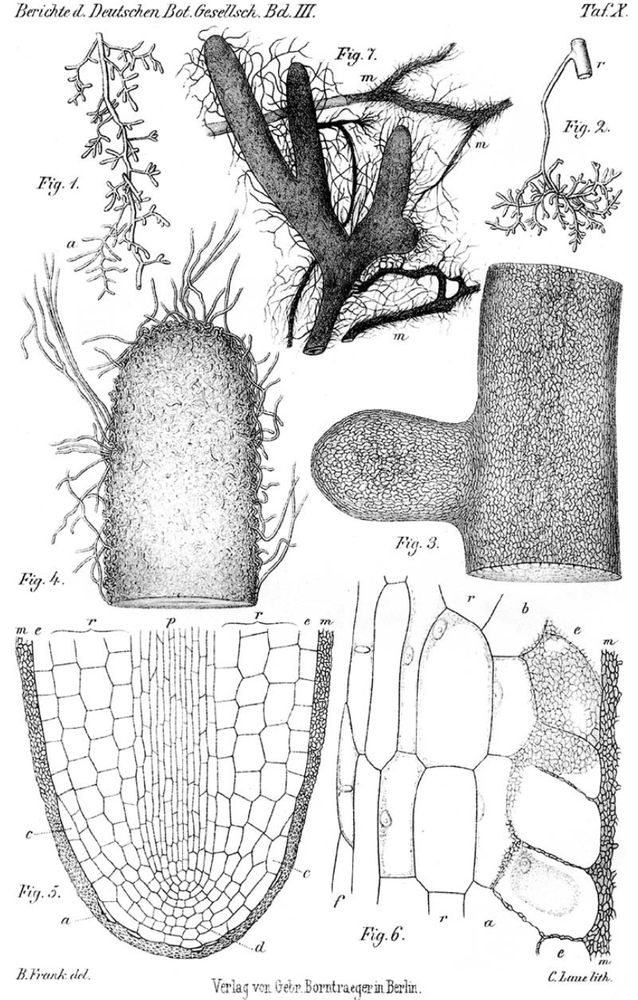Timo Mendez
@timomendez.bsky.social
170 followers
210 following
28 posts
Science writer and mushroom specialist. I have a deep interest in mycorrhizal fungi, conservation, and mushroom photography. Check out my website at encounteringfungi.com .
Posts
Media
Videos
Starter Packs
Timo Mendez
@timomendez.bsky.social
· Mar 16

Linking soil health to human health: Arbuscular mycorrhizae play a key role in plant uptake of the antioxidant ergothioneine from soils
Evidence has emerged that the antioxidant ergothioneine may be important in preventing many inflammatory diseases in humans. However, ergothioneine is not produced by humans or plants and is only mad....
nph.onlinelibrary.wiley.com
Reposted by Timo Mendez
Mark A. Anthony
@anthomycota.bsky.social
· Mar 14
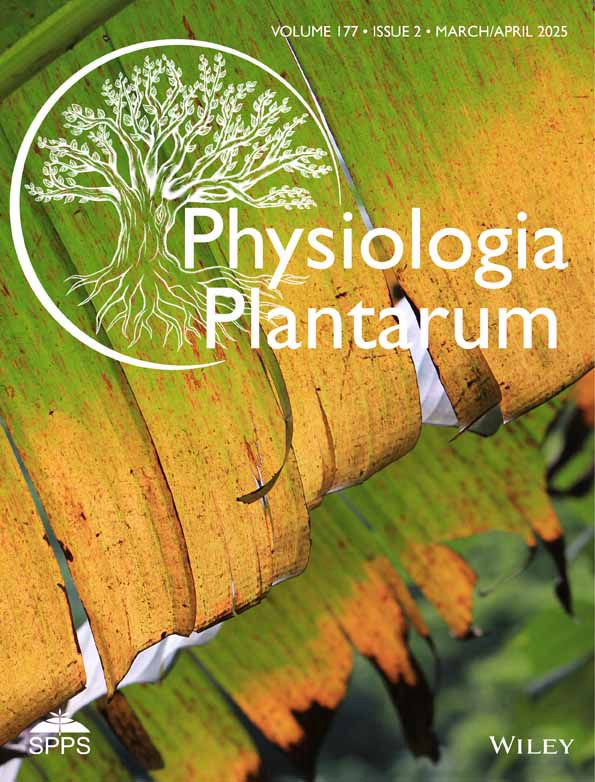
Capacity to form common mycorrhizal networks reduces the positive impact of clonal integration between plants
Both clonal plant capabilities for physiological integration and common mycorrhizal networks (CMNs) formed by arbuscular mycorrhizal fungi (AMF) can influence the distribution of nutrients and growth...
doi.org
Timo Mendez
@timomendez.bsky.social
· Mar 12
Timo Mendez
@timomendez.bsky.social
· Feb 23
Timo Mendez
@timomendez.bsky.social
· Feb 23
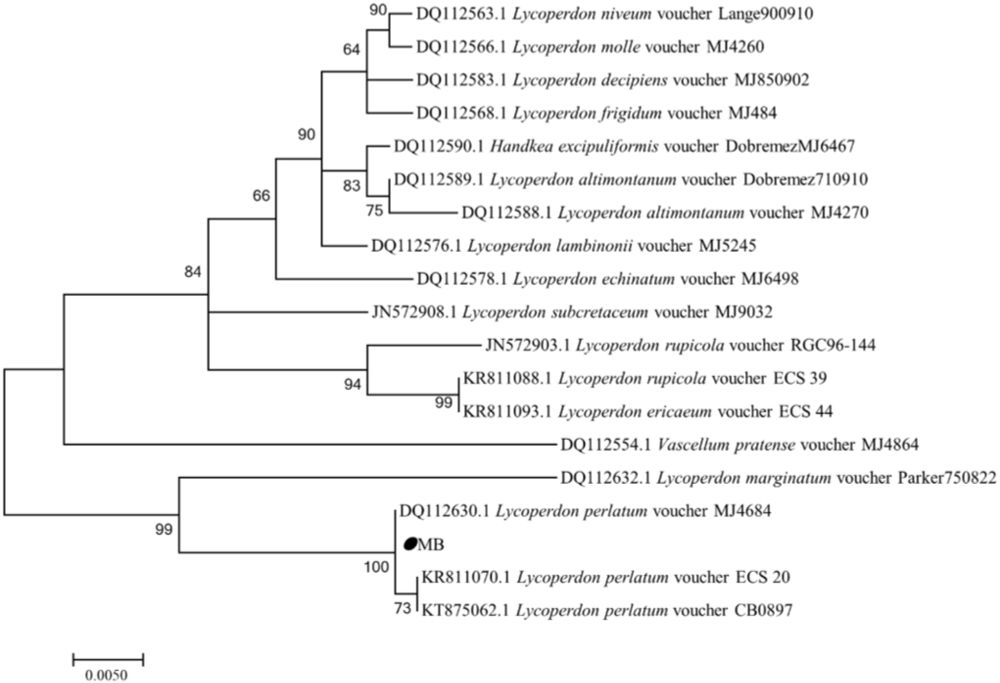
Lycoperdon perlatum from a coniferous forest forms an ectomycorrhizal relation with and increases drought resistance of Populus × canadensis ‘Zhongliao 1’ - Symbiosis
Plant–fungal symbiotic associations benefit initial plant adaptation to droughty terrestrial ecosystems. Although information on mycorrhizal and endophytic fungi in drought-resistant mechanisms in cro...
link.springer.com
Timo Mendez
@timomendez.bsky.social
· Feb 3
Timo Mendez
@timomendez.bsky.social
· Feb 3

Mycorrhizal and nutrient controls of carbon sequestration in tropical rainforest soil
Tree mycorrhizal associations have substantial consequences for soil organic carbon (SOC), but it remains unclear how nutrient availability will regul…
www.sciencedirect.com
Timo Mendez
@timomendez.bsky.social
· Feb 2
Timo Mendez
@timomendez.bsky.social
· Feb 2
Timo Mendez
@timomendez.bsky.social
· Feb 1
Justin Stewart
@thecrobe.bsky.social
· Jan 31

High overlap in the richness and composition of ectomycorrhizal fungal communities associated with Corylus shrubs and co-occurring Quercus and Pinus trees
Despite being present in many North American forest understories, the ectomycorrhizal (ECM) fungal communities associated with Corylus shrubs have received no prior study. To address this knowledge...
www.tandfonline.com
Timo Mendez
@timomendez.bsky.social
· Jan 30
Timo Mendez
@timomendez.bsky.social
· Jan 30
Timo Mendez
@timomendez.bsky.social
· Jan 30

DNA and spores from coprolites reveal that colourful truffle-like fungi endemic to New Zealand were consumed by extinct moa (Dinornithiformes) | Biology Letters
Mycovores (animals that consume fungi) are important for fungal spore dispersal, including ectomycorrhizal (ECM) fungi symbiotic with forest-forming trees. As such, fungi and their symbionts may be impacted by mycovore extinction. New Zealand (NZ) has a ...
tinyurl.com
